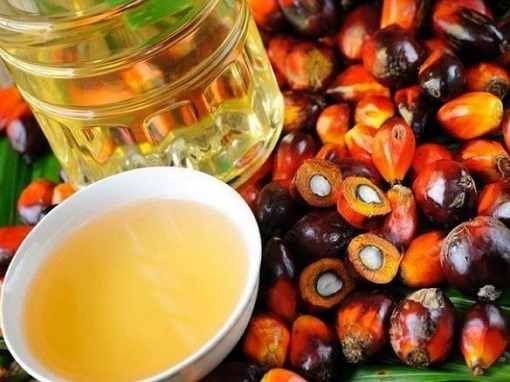KUALA LUMPUR (Jan 6): Malaysia’s palm oil inventory likely fell 23% month-on-month (m-o-m) and 40% year-on-year (y-o-y) to 1.21 million tonnes at end-December 2020 — the lowest stock level since June 2007, due to higher exports and declining output, a survey by the CGS-CIMB Futures team showed.
-Advertisement-
The survey also revealed that Malaysia’s crude palm oil (CPO) output probably fell 11.1% m-o-m (-1% y-o-y) to 1.33 million tonnes in December 2020.
“We believe the lower production could be due to worker shortage issues caused by the current freeze on foreign worker permits and seasonality factors as well as some disruptions in harvesting and evacuation due to heavier-than-usual rainfall caused by La Nina in some parts of the country,” it said.
The survey also showed palm oil exports likely grew 19% m-o-m and 11% y-o-y, based on export statistics by cargo surveyors Intertek Testing Services (ITS) (+19.6% m-o-m) and Amspec Malaysia (+20.3% m-o-m).
“The strong exports could be due to the rush among traders to export CPO ahead of the reinstatement of export tax on CPO effective Jan 1, 2021,” it said.
-Advertisement-
Meanwhile, CGS-CIMB projected CPO prices to trade at RM3,200 to RM3,600 per tonne in January, in view of the projected low inventory in Malaysia, which will take time to rebuild, and potential disruption to palm oil supply in January due to reports of flooding in Johor and Pahang.
According to CGS-CIMB, average CPO price rose 6% m-o-m and 28% y-o-y to RM3,620 per tonne in December on concerns over the low inventory level of palm oil in Malaysia and Indonesia, and tightness in supplies of other key competing edible oils.
CGS-CIMB also expects palm oil supply to recover in the second half of 2021 when weather condition normalises.
It maintained a “neutral” call on the plantation sector, with Genting Plantations Bhd, Hap Seng Plantations Holdings Bhd and Ta Ann Holdings Bhd as its top picks.- The Edge Market

